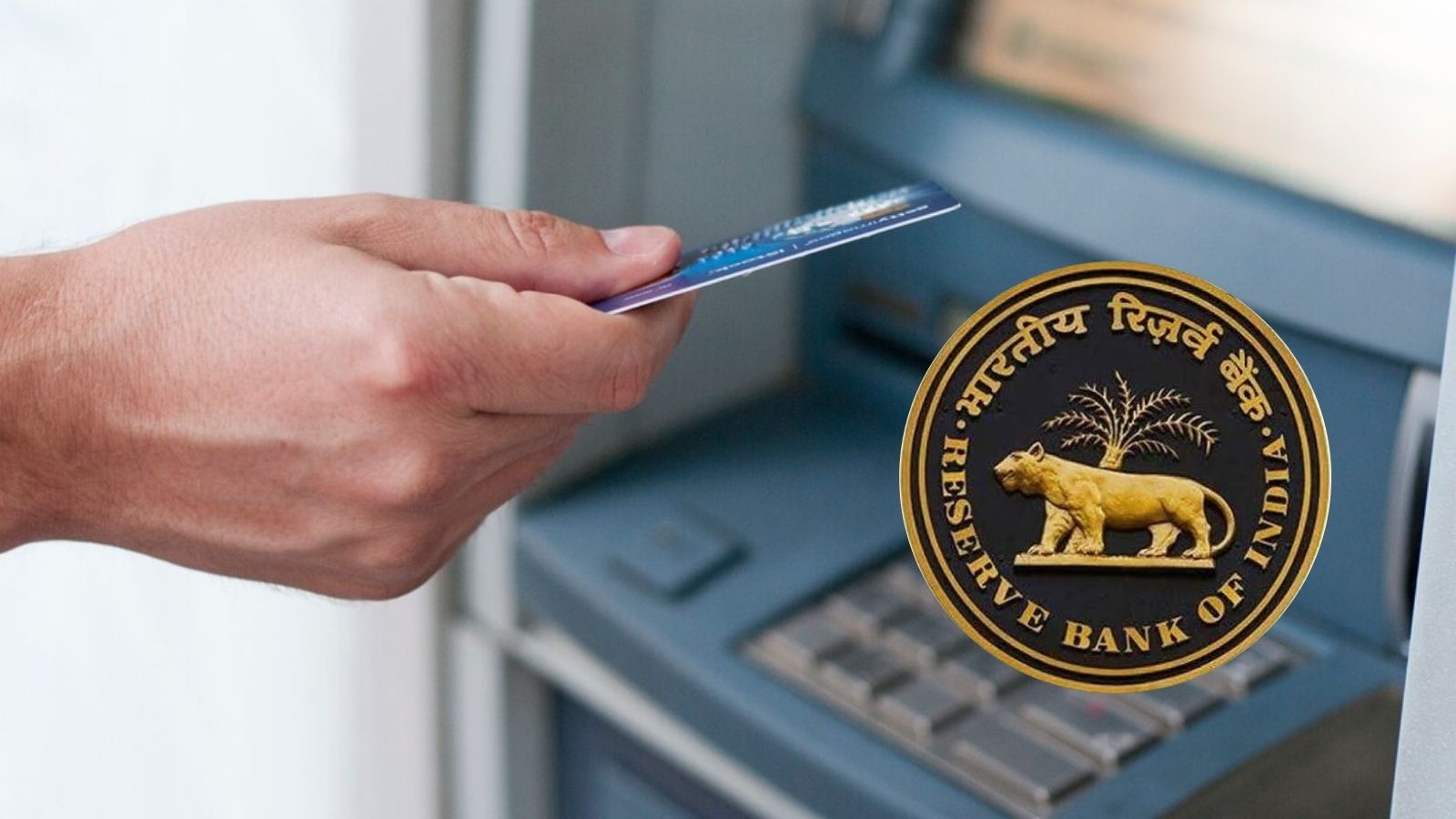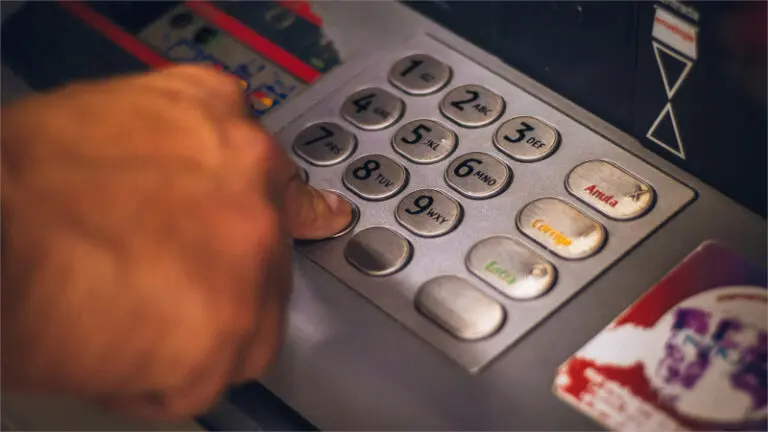RBI ATM Interchange Fee: Shocking Everything You Must Know 2025
Learn about the RBI ATM interchange fee hike, effective May 1, 2025. Discover how financial and non-financial transaction fees have increased, their impact on users, and tips to minimize extra costs. Stay informed about these critical banking changes!

Introduction
The Reserve Bank of India (RBI) recently announced an increase in ATM interchange fees, effective May 1, 2025. This decision impacts both financial and non-financial transactions, raising the fees for cash withdrawals and balance inquiries. As millions of customers rely on ATMs for their daily banking needs, understanding these changes is crucial for managing personal finances effectively. This article explains the new fee structure, its implications for customers, and strategies to minimize additional costs.
What is the RBI ATM Interchange Fee?
The RBI ATM interchange fee is the charge one bank pays to another when a customer uses an ATM outside their home bank network. This fee compensates the bank operating the ATM for providing services to customers of other banks. These fees are often passed on to customers when they exceed their free transaction limits.
Key Changes in RBI ATM Interchange Fee

Effective May 1, 2025, the RBI has approved the following changes in RBI ATM Interchange Fees:
-
Financial Transactions:
-
The fee for cash withdrawals will increase from ₹17 to ₹19 per transaction.
-
A separate Goods and Services Tax (GST) will be applied to this fee.
-
-
Non-Financial Transactions:
-
The fee for balance inquiries and other non-financial transactions will rise from ₹6 to ₹7 per transaction.
-
-
Exemptions:
-
The revised fees do not apply to micro-ATMs, interoperable cash deposit transactions (card-based or UPI-based), or international ATM withdrawals.
-
Read more: Zerodha Kite Order Window Features
Free Transaction Limits
Customers are entitled to a limited number of free ATM transactions each month:
-
Metro Cities: Five free transactions at home bank ATMs and three free transactions at other bank ATMs.
-
Non-Metro Areas: Five free transactions at other bank ATMs in addition to home bank ATMs.
Once these limits are exceeded, the new interchange fees will apply.
Why Did RBI Increase the RBI ATM Interchange Fees?
)
The fee hike was driven by rising operational costs faced by banks and ATM operators. Maintaining ATMs involves expenses related to hardware upgrades, cash management, and security measures. The revised fees aim to ensure the sustainability of ATM services while compensating operators fairly.
Impact on Customers
The increase in interchange fees will:
-
Raise Costs: Customers exceeding their free transaction limits will face higher charges for cash withdrawals and balance inquiries.
-
Affect Smaller Banks: Smaller banks relying heavily on larger banks’ ATM networks may pass these costs onto their customers through higher account maintenance charges.
-
Encourage Digital Payments: Frequent users may shift toward digital payment methods to avoid additional costs.
How Can Customers Minimize Costs?
To reduce expenses associated with ATM usage:
-
Use Home Bank ATMs: Conduct transactions at your own bank’s ATMs to take advantage of free transaction limits.
-
Monitor Usage: Keep track of your monthly ATM usage to stay within free transaction thresholds.
-
Adopt Digital Payments: Utilize online banking services like UPI or net banking for most transactions, reducing reliance on cash withdrawals.

FAQs About RBI ATM Interchange Fee
Q1: What is an RBI ATM interchange fee?
An RBI ATM interchange fee is a charge paid by one bank to another when a customer uses an ATM outside their home bank network.
Q2: How much has the fee increased?
The fee for financial transactions has increased from ₹17 to ₹19 per transaction, while non-financial transactions now cost ₹7 instead of ₹6.
Q3: Are all transactions subject to these fees?
No, micro-ATM transactions, interoperable cash deposits, and international withdrawals are exempt from the revised fees.
Q4: How can I avoid paying extra charges?
You can avoid extra charges by using your home bank’s ATMs within your free transaction limits or switching to digital payment methods.
Q5: Why did RBI approve this increase?
The increase was approved due to rising operational costs incurred by banks and ATM operators in maintaining infrastructure and services.
Conclusion on RBI ATM interchange fee
The RBI’s decision to revise ATM interchange fees reflects the growing costs of maintaining banking infrastructure while ensuring fair compensation for service providers. While these changes may inconvenience frequent users of other banks’ ATMs, they also highlight the importance of adopting cost-effective alternatives like digital payments and monitoring transaction limits closely.
By staying informed about these changes and adjusting your banking habits accordingly, you can minimize additional costs while making smarter financial decisions!






Volkswagen Tiguan SUV Discontinued | Exciting New Sportier R-Line Variant Arrives in 2025
[…] Read More: RBI ATM Interchange Fee […]